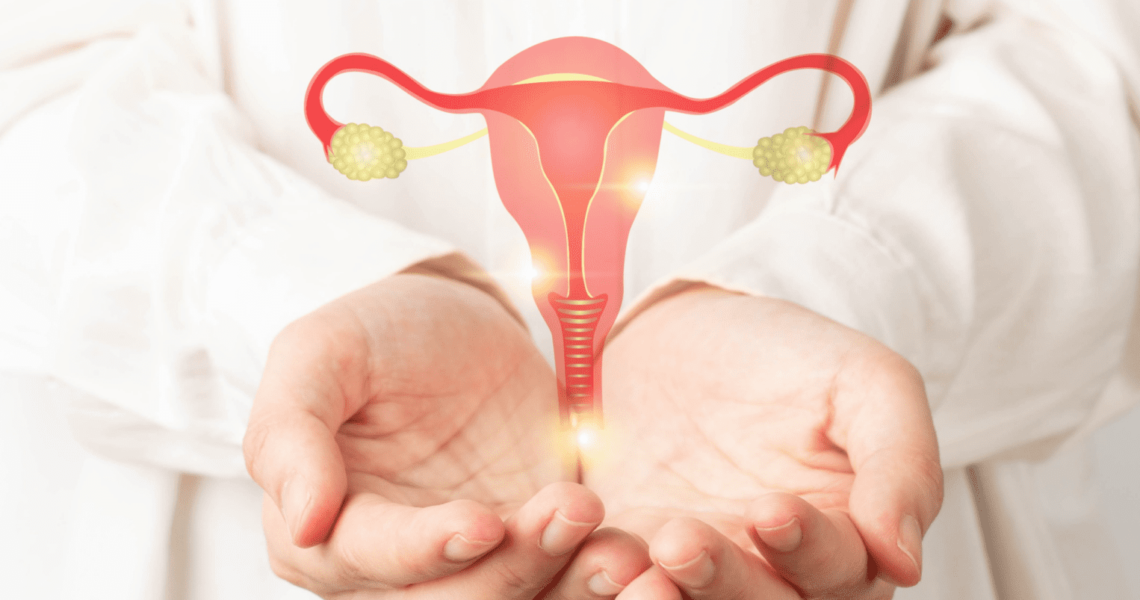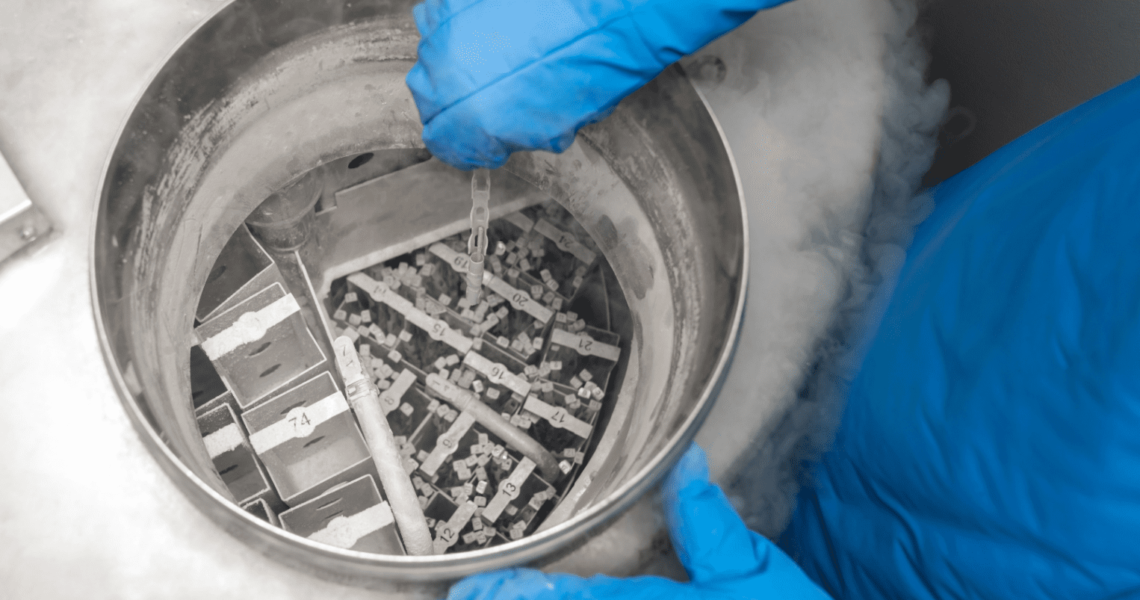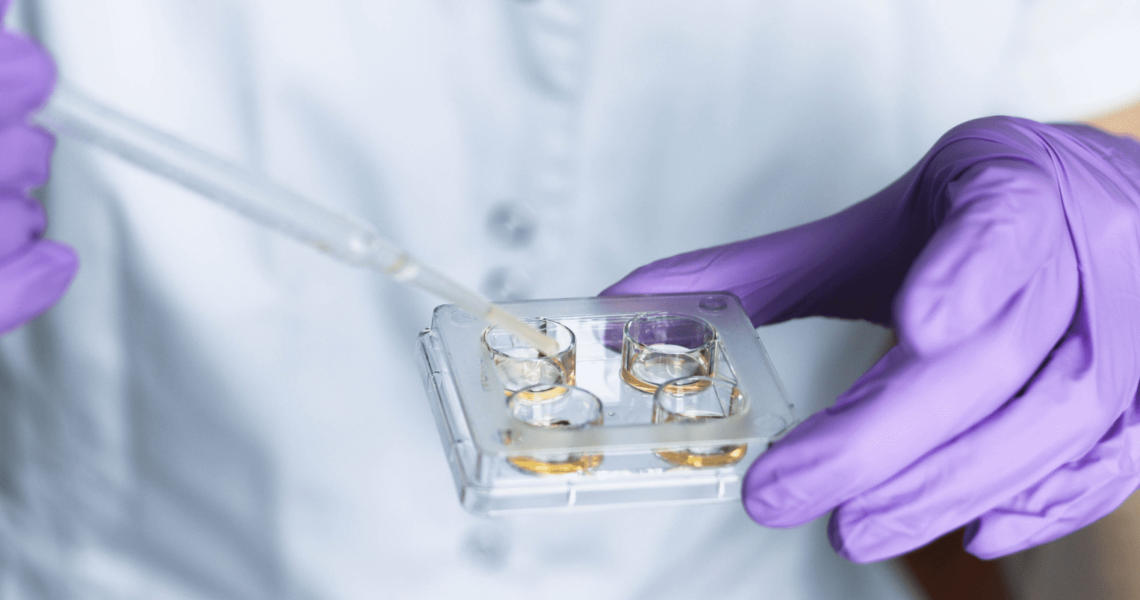The dream of becoming parents is sometimes marred by fertility issues faced by either one of the partners. For those facing this problem, there is hope. New advancements in technology have enabled many couples to fulfill their dream of attaining parenthood. One such medical innovation in the field of fertility medicine is in vitro maturation (IVM). It is a novel and less invasive approach to becoming pregnant and is another alternative to in vitro fertilization (IVF). Let’s delve into the intricacies of this technique and learn about the procedure.
Role of Fertility Preservation in Cancer Survivors
Fertility preservation is a crucial consideration for cancer survivors facing potential impacts due to their treatment on their reproductive health. As medical advancements improve cancer treatment outcomes, the focus on preserving fertility has grown, addressing the unique challenges that cancer survivors face.
What is the cost of IVF and what does it include?
In vitro fertilization (IVF) is a procedure in which an egg and sperm are combined outside the body in a laboratory dish. The fertilized egg (embryo) is then transferred into the uterus to establish a pregnancy. IVF is often used when other fertility treatments have failed, and it can assist couples with various reproductive challenges. IVF has helped many individuals and couples overcome infertility, offering a pathway to parenthood by facilitating conception through advanced reproductive technology (ART).
The Role of an Embryologist in Infertility Treatment
Infertility is a fairly known cause that is plaguing marriages and relationship between couples these days. Infertility is the inability to not get pregnant despite having unprotected sex for over a year. There are various treatment options now available to treat infertility, especially assisted reproductive technology (ART). ART includes all kinds of fertility treatments that involves handling of eggs, sperms or embryos outside the human body. An embryologist is a trained professional, who has in depth knowledge of embryology. He/she specializes in handling embryos from the time of egg retrieval right until the embryo is implanted into the woman’s womb for a positive pregnancy outcome.
How Vaginal Rejuvenation Can Improve Your Sex Life
In recent years, vaginal rejuvenation has become a highly sought-after and rapidly expanding area of women’s health. This procedure seeks to address various issues associated with vaginal health and aesthetics. As a result, the demand for vaginal rejuvenation has increased significantly, with women seeking solutions to issues such as vaginal laxity and urinary incontinence as well as improved sexual satisfaction.
Cost of Egg & Embryo Freezing: What You Need to Know
Egg and embryo freezing, known as oocyte and embryo cryopreservation, respectively, are pivotal advancements in reproductive medicine. These techniques serve a crucial role in preserving fertility. Egg freezing empowers women to delay childbearing for career or medical reasons, safeguarding their ability to conceive. Embryo freezing plays a vital role in assisted reproduction, enabling individuals and couples to preserve and utilize embryos, and offering hope for those facing infertility. These technologies provide reproductive options and are invaluable for family planning in the ever-changing world.
ERA Test for Repeated Failure of Pregnancy
Endometrial Receptivity Analysis or ERA test is a test used to assess the uterine lining receptivity in women who have experienced multiple unsuccessful attempts to conceive. By analyzing the optimal time with maximum chances of embryo implantation during IVF,, this test can help to determine the optimal timing for embryo transfer, thus increasing the likelihood of successful pregnancy in women with recurrent miscarriage.
How to Prepare for an Embryo Transfer
An embryo transfer is the first step of in vitro fertilization (IVF). Embryo transfer involves the fertilization of eggs outside the body and the transfer of the embryos into the uterus to achieve a pregnancy. Preparing for embryo transfer is a crucial step in the journey of assisted reproductive technology (ART). Proper preparation is essential to maximize the chances of a successful pregnancy. In this blog, we will explore the steps to prepare for embryo transfer, covering various aspects to ensure a smooth and successful procedure.
From Sudden Halt In Periods To Assured Pregnancy at NU Fertility
In this case study, we witness a case of a 33-year-old woman who despite having a birth defect, was still able to conceive. Surgical removal of the defect almost stopped her menstrual cycle. Later, she was counseled for fertility treatment and after undergoing it, she cherished the much-desired pregnancy.












